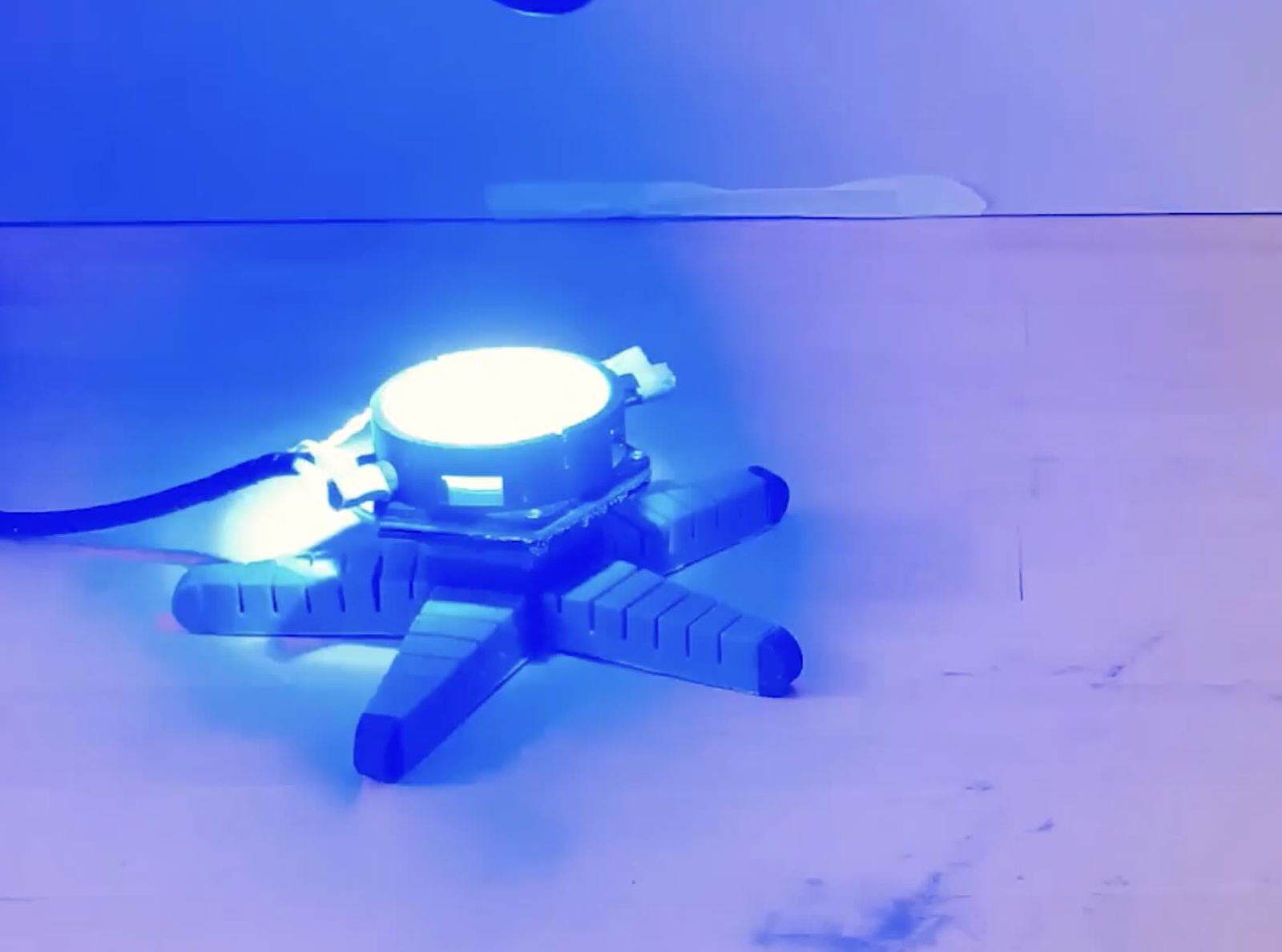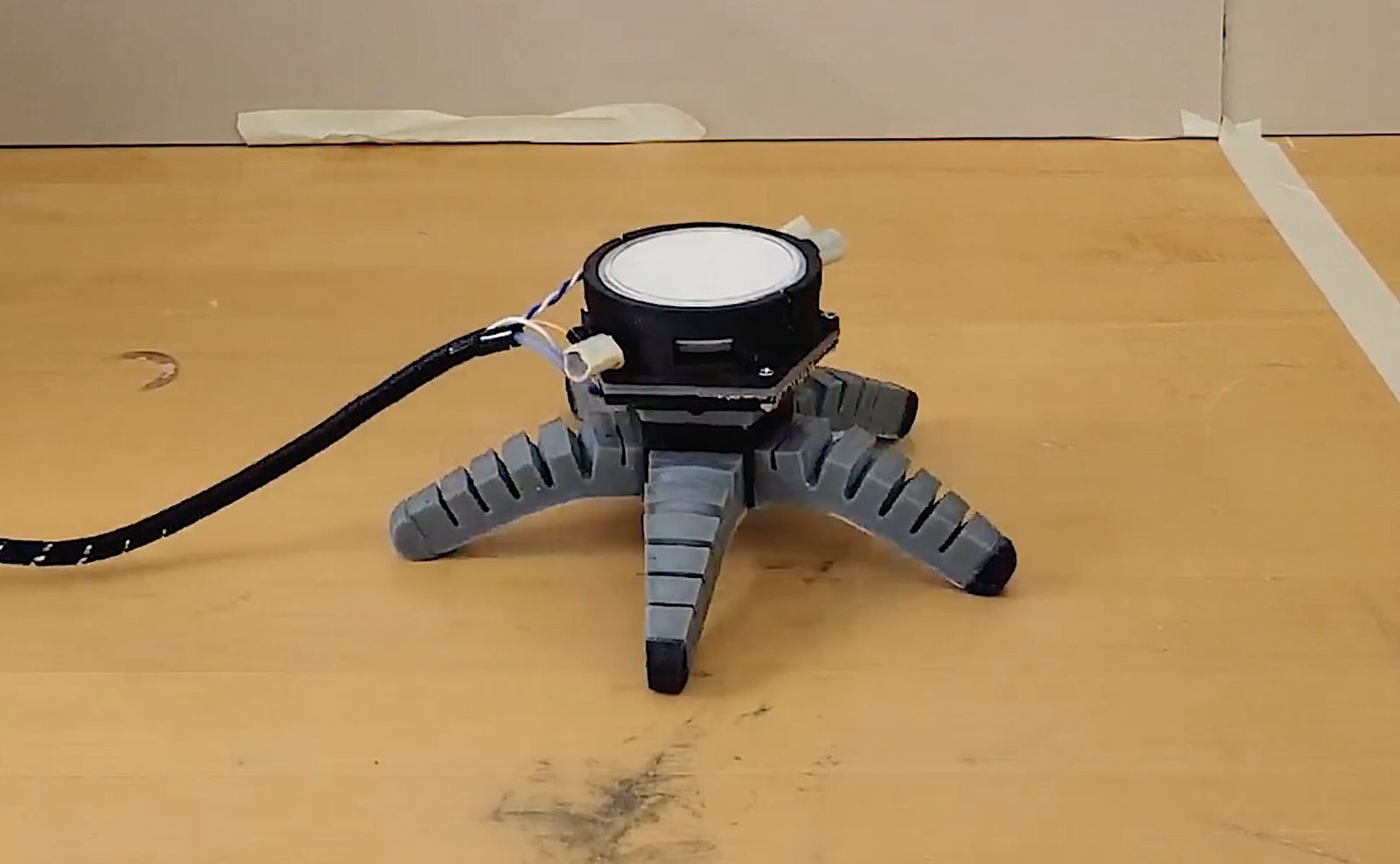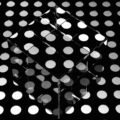In a groundbreaking new development in robotics, researchers at Cornell have integrated robots with an unlikely organism normally found in soils like those which line the floors of dense forests, resulting in “biohybrid” machines capable of sensing and responding to their environment.
The team’s achievement, detailed in a new study in Science Robotics, showcases a novel new approach to robotic systems by harnessing electrical signals produced by mycelia, the vegetative component of fungi.
When we think of new advancements in robotics, fungal mycelia likely aren’t the first thing that come to mind in terms of candidate organisms for combining the natural world with robotic innovations. However, the new research paper by the Cornell team reveals that pairing robots with mycelia produces entirely new “biohybrid” systems capable of adaptations to environmental changes, and potentially offering significant advancements over traditional synthetic robots.
“This paper is the first of many that will use the fungal kingdom to provide environmental sensing and command signals to robots to improve their levels of autonomy,” says Professor Rob Shepherd, who leads Cornell’s Organic Robotics Lab. The study, spearheaded by research associate Anand Mishra, details a truly unique approach in 21st century robotics, outlining how the fungal mycelia the team used can control the movements and responses of a robot designed for use with their experiments.
For their study, the team grew mycelium into the inner workings of the robot’s electronic components, which helped the machine become capable of sensory interactions with its environment, as well as reactions to various environmental stimuli that included light.
Going forward, the researchers envision other changes the biohybrid robot will be able to detect, which may ultimately allow for monitoring and mitigating chemical changes in environments where such robot systems are operating. One potential application for this includes agricultural uses where biohybrid robots could detect chemical changes capable of potentially harming the environment.
Using organisms like fungi offers a few advantages over traditional robots, which normally attempt to mimic various movements and functions that exist in nature.
“Living systems respond to multiple signals, some of which we might not even anticipate,” Mishra said, noting that using fungal-based sensors compared to conventional synthetic ones could potentially help biohybrid robotics be far more finely tuned to their environment.
However, there is more at play than merely combining mechanical parts with fungi. The team’s efforts drew from mycology and neurobiology, as well as advanced capabilities in engineering, electronics, and signal processing, which required several collaborations.
Bruce Johnson, whose expertise guided the recording of electrical signals from mycelia, and Kathie Hodge, who helped the team cultivate uncontaminated fungal cultures essential for reliable integration played crucial roles in the development of the new robots. The result was a unique electrical interface that first ensured that the mycelia were isolated from any external interference, then coupled them with control systems that drew inspiration from nervous systems found in the animal kingdom.
The result of these unique combinations of technologies was a robot capable of interpreting the natural electrical impulses produced by the mycelia, which were converted into commands sent to the robot’s actuators.
For their study, the team produced two different kinds of biohybrids based on this approach. One of them was a “soft” robot, which bears some resemblance to spider in its appearance and movements, while the other was a wheeled robot, each of which demonstrated the ability to move autonomously relying only on the continuous electrical signals emanating from the mycelia housed within unit.


One key finding the team made involved the biohybrid robot’s responses to ultraviolet light, where the robots altered their movements and revealed the responsive capabilities of the fungi. In other tests, the fungi’s signals were overridden entirely, also revealing potential flexibility for such systems in future environmental deployment.
Extending well beyond just robotics, Mishra said that such biohybrid applications could present novel sensory capabilities in the years ahead, and envisioned circumstances where a signal that can’t be visualized or otherwise determined by researchers could be detected through physical responses by such robots.
“Maybe that signal is coming from some kind of stresses,” Mishra said. “So you’re seeing the physical response, because those signals we can’t visualize, but the robot is making a visualization.”
The team’s research, detailed in a new paper, “Sensorimotor Control of Robots Mediated by Electrophysiological Measurements of Fungal Mycelia,” marks a key moment in the integration of living biological systems with robotics, opening new pathways to future technological and environmental applications.
Micah Hanks is the Editor-in-Chief and Co-Founder of The Debrief. He can be reached by email at micah@thedebrief.org. Follow his work at micahhanks.com and on X: @MicahHanks.

